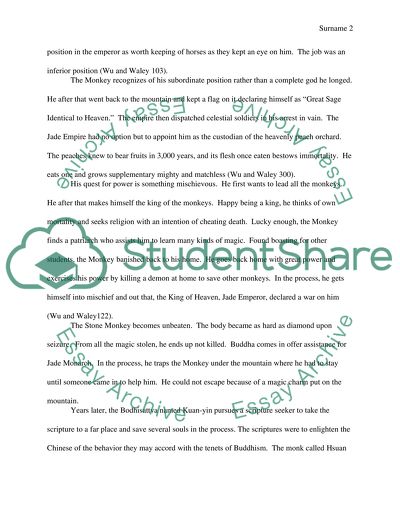Cite this document
(“Who is the hero Tripitka, Monkey, or The Group Essay”, n.d.)
Who is the hero Tripitka, Monkey, or The Group Essay. Retrieved from https://studentshare.org/literature/1694359-who-is-the-hero-tripitka-monkey-or-the-group
Who is the hero Tripitka, Monkey, or The Group Essay. Retrieved from https://studentshare.org/literature/1694359-who-is-the-hero-tripitka-monkey-or-the-group
(Who Is the Hero Tripitka, Monkey, or The Group Essay)
Who Is the Hero Tripitka, Monkey, or The Group Essay. https://studentshare.org/literature/1694359-who-is-the-hero-tripitka-monkey-or-the-group.
Who Is the Hero Tripitka, Monkey, or The Group Essay. https://studentshare.org/literature/1694359-who-is-the-hero-tripitka-monkey-or-the-group.
“Who Is the Hero Tripitka, Monkey, or The Group Essay”, n.d. https://studentshare.org/literature/1694359-who-is-the-hero-tripitka-monkey-or-the-group.


